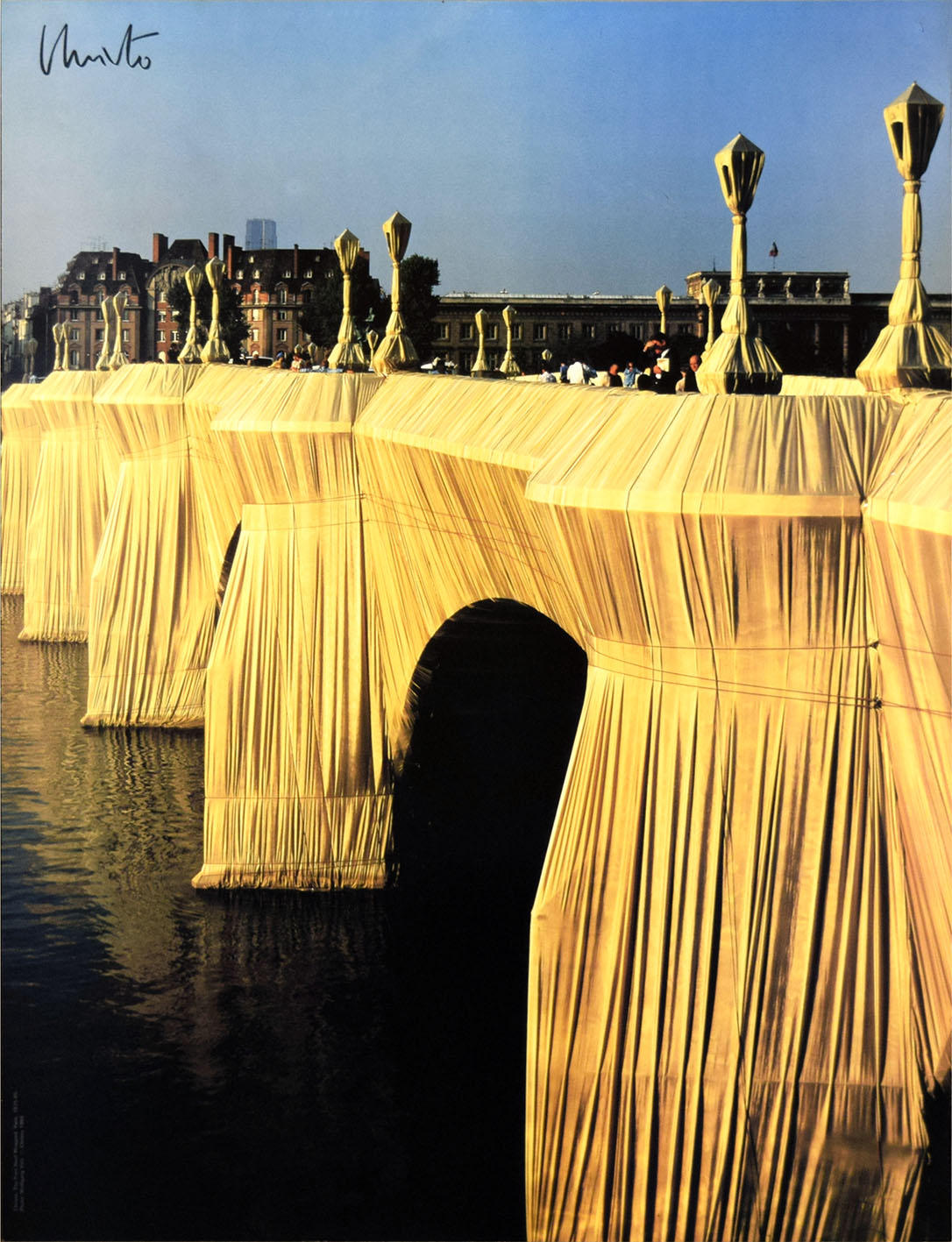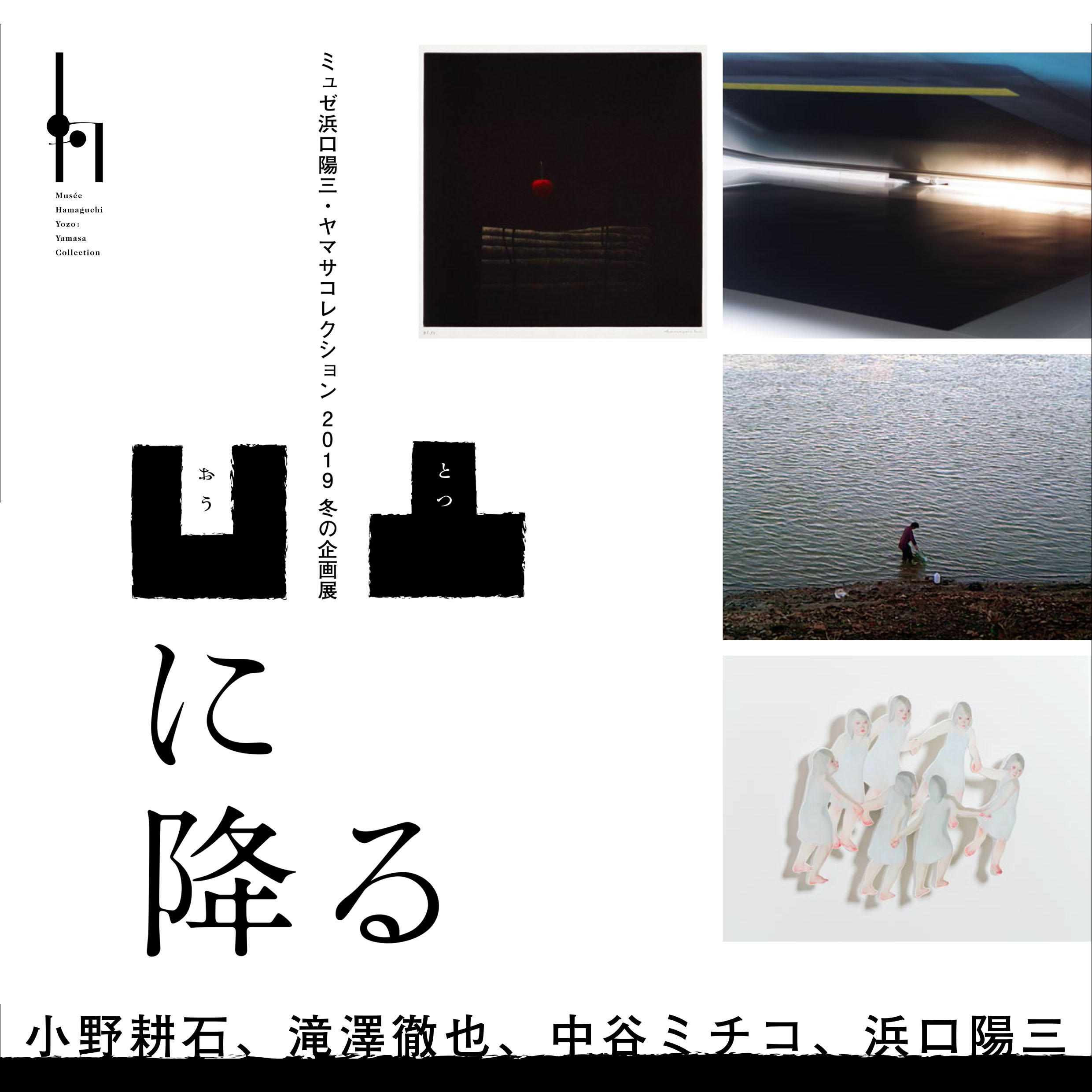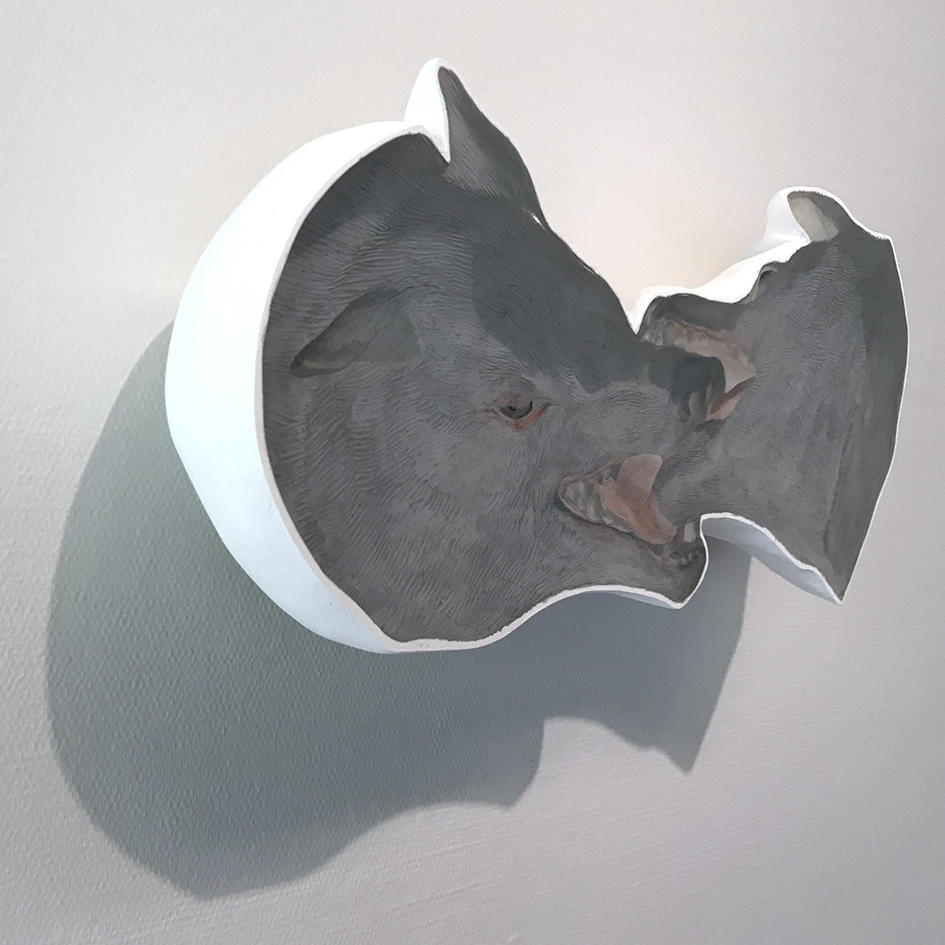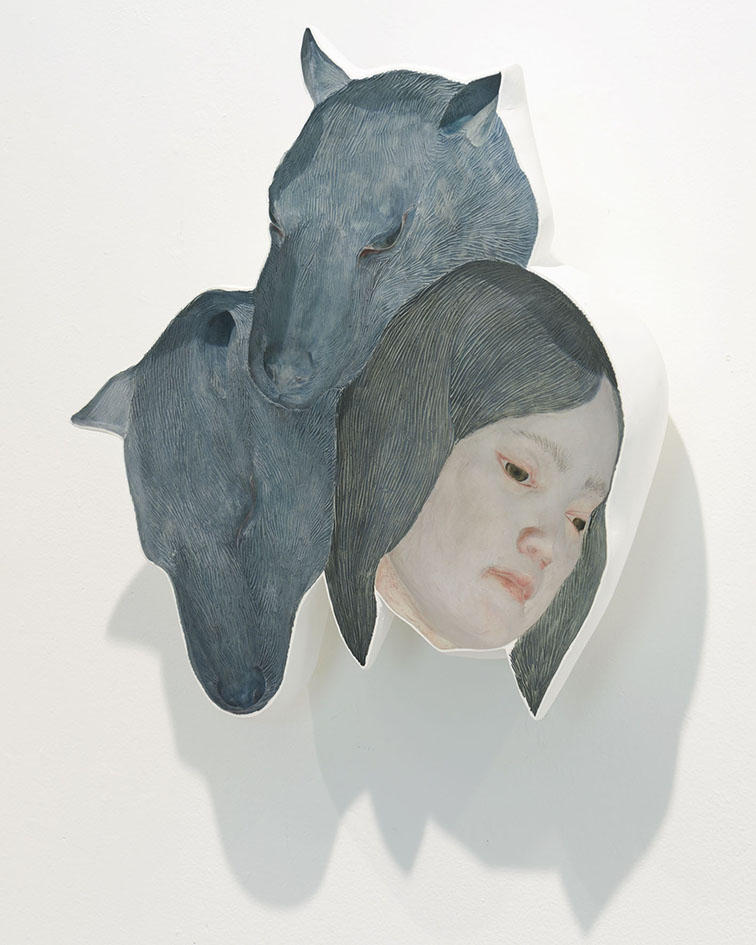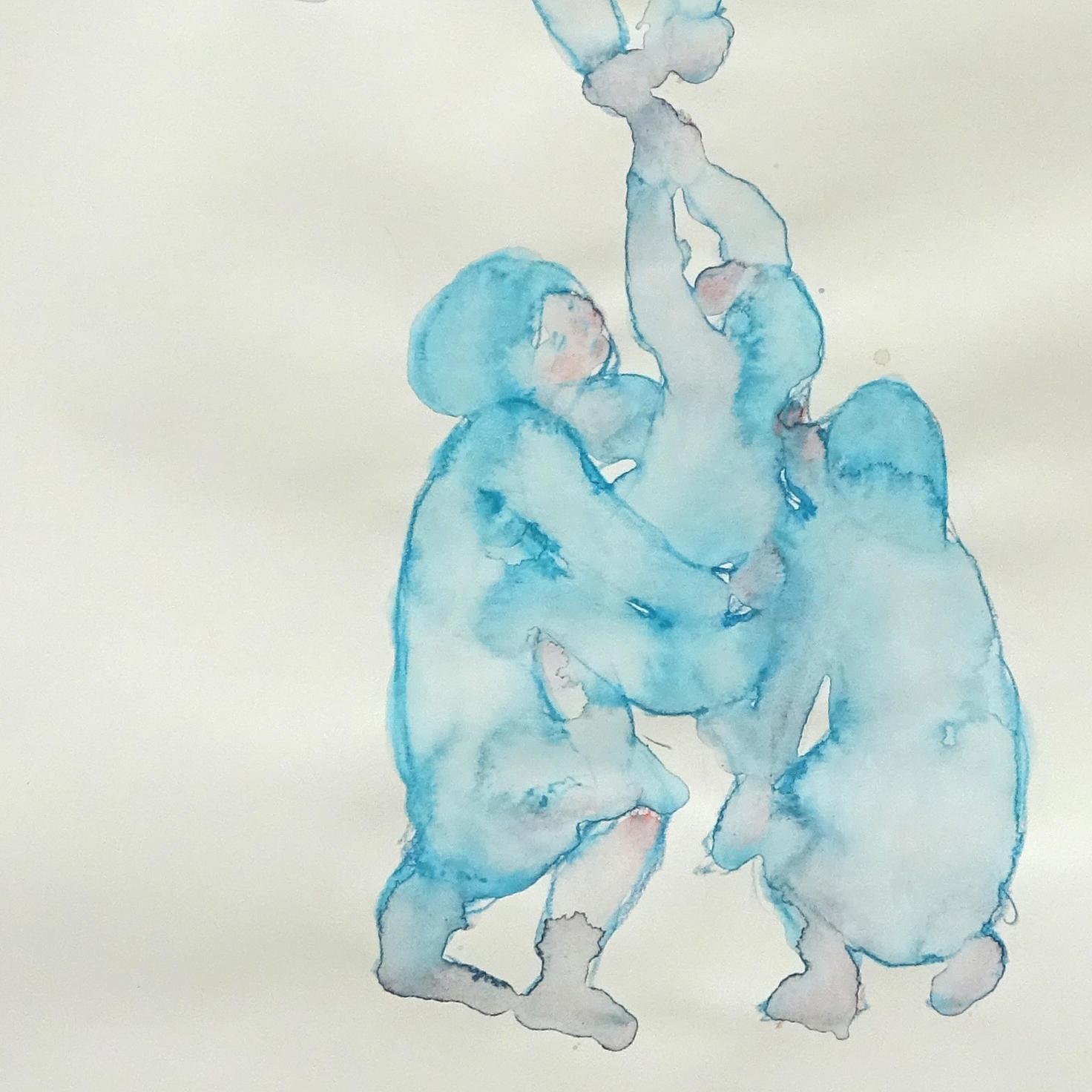Project
An interview of Michiko Nakatani about "Mask in the Bright Day / Harden the Night".
Gallery
First, I would like to introduce my solo exhibition in Mie since I have been developing its ideas for one year.
The exhibition takes place in Yanaguihara Yoshitatsu (1910-2004) Memorial Galleries with his permanent collection of modern figurative sculpture. When I first decided to study sculpture at the age of seven-teen, I visited exhibition of Yanaguihara for the first time at Kamakura –kan, annex of Museum of Modern Art, Kanagawa. Then at Setagaya Art Museum I saw his series “Chanson de chien(Song of the Dog)”. I was then surrounded by these artworks, looking up in the midst of a circle room. It was there that I decided to go into the sculpture studying deeper, which was reminded at this occasion.
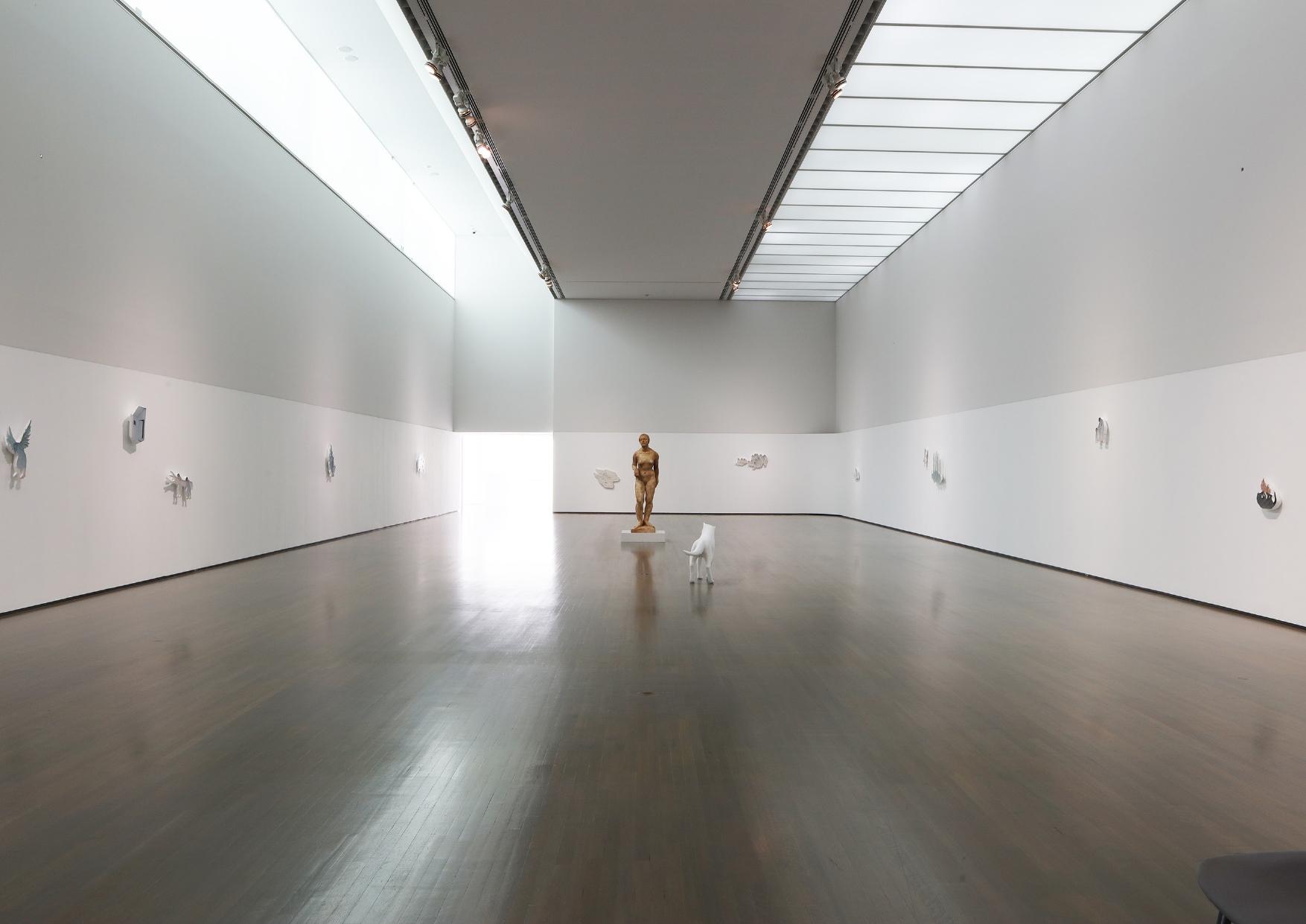
Installation view of Michiko Nakatani : In Their Own Little Cosmos at Mie Prefectural Art Museum
Yoshitatsu Yanaguihara "Chanson de chien(Song of the Dog)" 1950
Series Song of the Dog is nude woman statue which was created repeatedly. He once stated that the statue was himself, expressing regret for his own experience in post-war Japan. He says he made it with much feeling against authority.
However, for me at age of seventeen, this artwork was myself, since it was already a model or authority to be admired. Concept of angry against the institutional power had become a kind of authority crowned on the pedestal, being looked up by a girl as me. Then I felt that I had become a dog.
The two works exhibited this time Song of the Dog and Song of the Dog II, representing a sculptor holding nude with the mask of a dog. The works are themselves myself, symbolizing image between the work and myself.

Michiko Nakatani "Song of the Dog Ⅱ" 2019
Twenty years have passed since my prototype experience vis-à-vis sculpture, and this time in Mie Museum I was finally given the occasion to confront with the works by Yoshitatsu Yanagihara. I thought a lot about the stories of Yoshitatsu (cf: note1) as well as my own feeling for Yoshitatsu and sculpture, generating a series of relief works to surround the plaster mold of "Song of the Dog" by Yoshitatsu. Images coming out of my everyday life are like a fireman to gentrify my passion, just like daily scene, dreaming scene or what you create within your hand.
Although they are negative images, the girls appearing in these scenes are all looking at the central work by Yoshitatsu. If visitors join the viewing, they are also being watched and appreciated, thus the audience and the woman statue by Yoshitatsu becoming equal existence.
In the same calculated space, exhibited is a work of white dog with breast swelling Mother of the dog as if getting lost in the museum space. This is my reaction against work of Yoshitatsu, which was then starting point of my art life, as I recall myself in formative years to respect the interest of sculpture, against which I myself have to create sculpture in different way.
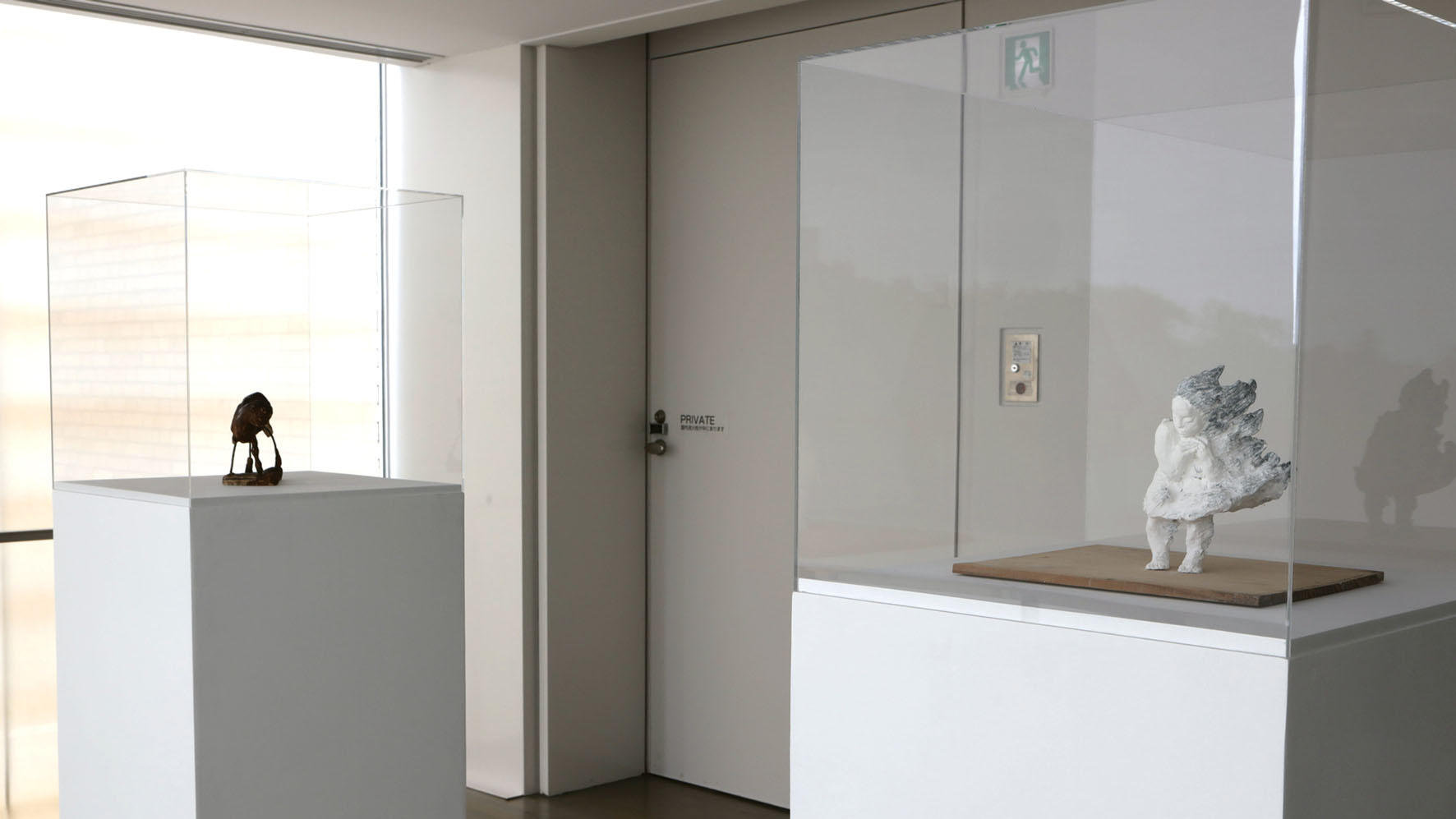
Yoshitatsu Yanagihara "(small )goat"1939 / Michiko Nakatani "Night wind" 2015
Yoshitatsu at the age of thirty-seven had his works lost by fire. By coincidence, I was at the same age when my exhibition started. The exhibited (small) goat escaped the above mentioned fire, and was installed in the end of exhibition itinerary together with my casual works that I produced with paper clay within a day.
I admire the work of Yoshitatsu after the age of 37, which also gives me a kind of courage since these works in the Memorial Galleries are those Yoshitatsu produced after my age of 37. Yoshitatsu once said that “It is important for a work to remain if it is good or bad. Only the remaining works can have meanings.” Considering my own works if I do not know they are good or bad, I can continue creative activity even if I lose the works that I show this time.

Installation view of Michiko Nakatani : Mask in the Bright Day / Harden the Night at Art Front Gallery, 2019.
Exhibit in the room with daylight in Tokyo is entitled Mask in the Bright Day.
This particular work of the same title is associated with images coming and going between the dog and myself. I wanted to produce a situation where viewers’ eyes are focused inside the work without knowing, or where the viewers are awaited by the face of the work. That is why this work has the biggest depth among my pieces.
The only drawing exhibited here in this room is depicting our home’s entrance, inserting an ordinary scape among other symbolic works.

Michiko Nakatani "Crows live in that mountain" 2016, Yoshitatsu Yanagihara "Sign: Crows, Crows in the Wind" 1978-1982
In the other darker room in Mie Museum, Crows live in that mountain is exhibited, dated 2016. This work is made of black resin flowing into the hole of plaster. The deeper the depressed area if the plaster, the more invisible the depth space across the resin, then the sculptural information appearing on the surface, of which depth determines the color grade. When the work finished, I wished that it should be confronted with the crows by Yoshitatsu, and I told my wish to many people including museum curators. Finally I was lucky enough to realize my exhibition plan, so this room is the starting point of the solo exhibition.
I am constantly thinking of relation between “absence” and “presence” to alter the negative space into positive while keeping original form, by inserting transparent resin into the space which does not exist. So far, my works are complete by this procedure, however, I am still thinking how my incompleteness can be filled or compensated, and I came across the idea of juxtaposition of my works with those of Yoshitatsu, which might generate an extraordinarily strong space.

Photo 7: Michiko Nakatani Harden the Night I (Butterfly), Photo by Matsubara Yutaka
Unlike the intended concept for the darker room in Mie, I was obliged in Tokyo to develop incrementally my ideas followed by production.
In a sense, I was fleeting into this space of the gallery, where works are exhibited which were produced in synchronized process with those in Mie. These cubes are different from relief works going beyond the border in the past. In one piece, five relieves are coordinated to be polished together. Black darkness goes transparently into the depth of the piece to reach “nothing”. Each aspect pushes the darkness progressing into the end, which exists but does not exist visually. The end is not end but surely there, so the whole work crystalizes the purity of black, cube, darkness.
Works in gallery space are exhibited in different levels, and the best position I recommend is on the floor level. The viewer is obliged to fall on his knees in that level.
I wanted to move the body of audience, so I installed as such to control or expect much to the viewer.
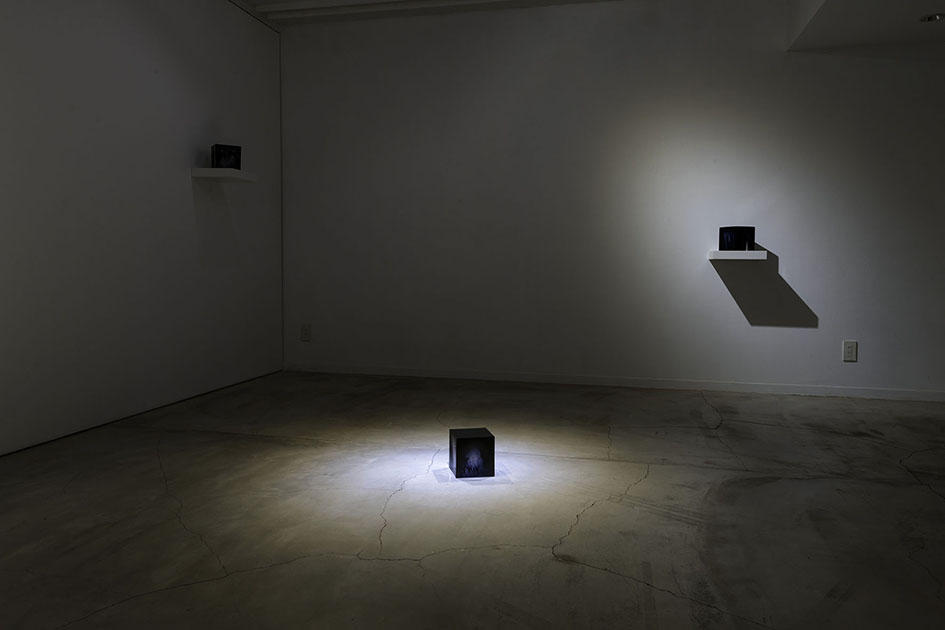
Michiko Nakatani installation view of Harden the Night, at Art Front Gallery, 2019.
Recently I think that the best place where my work should exist is on the hand of people, since it is nowhere but anywhere, as my attitude toward the creation is like that.
Some people say that eyes in my work follow the viewer’s eye level especially when the viewer moves from left to right. I already know that from some experiments. At first, I thought this apparently interesting phenomenon would cloud my very intention of inserting of transparent material into absence, which should appeal first. However, I recently change my mind to admit that it is purely interesting, associated with role changing of viewing, viewers are themselves seen by others, or viewed objects are exchanged, these things seem to relate the inversion of two kinds of mold, that is, female die mold and male-die mold. The work themselves can push around audience, this kind of device is now admitted.

Michiko Nakatani's new works ,2019, at Mie Prefecture Art Museum.
My favorite motifs are boat, birds and fish. These entity are existing in the gravity, like floating or flying or swimming, which are hard to become a sculpture. I wish that I can manipulate these motifs into a sculpture with certain violence, pulling in the sculpture, which is my own wish and honest feeling.

Michiko Nakatani "Drawing for Sailing out no.3" 2011, Polyurethane, plaster, pigments and iron Photo by Ai Hidaka
This work is the first piece I used black resin. After the disaster of 2011, I had an uncomfortable sensation with what I had done before. Thus, I impulsively inserting the black resin.

Michiko Nakatanai "mure no mori" 2011, resin, acrylic paint
This work is in the collection of BankART. I wanted the reliefs in positive mold to be thriving like a clump of forest. We pasted each scale on the body continuously.
■ Michiko Nakatani : Mask in the Bright Day / Harden the Night
2019, Aug.9(Fri) – Sep. 1(Sun) at Art Front Gallery, Tokyo
■Michiko Nakatani: In Their Own Little Cosmos
2019.7.6 (Sat.) - 2019.9.29 (Sun.) at Yanagihara Yoshitatsu Memorial Galleries within Mie Prefecture Art Museum.
(cf: note1)
-About Yoshitatsu Yanagihara -
Yoshitatsu Yanagihara enjoys high critical esteem as one of the artists who have built unique worlds of their own in the field of figurative sculpture in the post-World War II period in Japan - the field which has drawn much from modern French sculpture .
Yanagihara was born in Kobe in 1910. Although he studied Japanese-Style painting for a while in Kyoto, he switched to sculpture when he saw photographs of the works of Rodin and Bourdelle. After graduating from the sculpture course at the Tokyo School of Fine Arts (currently, the Tokyo University of Fine Arts and Music) Yanagihara showed his works with the Kokugakai group in the 1930s. In 1939, he participated in the formation of the sculpture section of the Shinseisakuha Kyokai group. Following a hiatus in the war years, Yanagihara started showing his works again as from 1946, right after the war. Unfortunately, however, he lost almost all his finished works in a fire in the same year.
In 1951, the Salon de Mai exhibition was held in Tokyo and Yanagihara’s artistic career changed drastically because of it. He was so powerfully moved by the modern French sculptures put on display at the exhibition that Yamagihara felt it imperative to go to Paris to seriously re-study the art of sculpture and make a fresh start as a sculptor. He stayed in Paris for nearly four years. Upon his return to Japan, Yanagihara demonstrated new possibilities for figurative sculpture in Japan via exhibitions of his works done in Paris, including Red-haired Woman and Negresse featuring bold deformation and modeling techniques.
Ever since, Yamagihara has unwaveringly devoted himself to the creation of highly important works characterized by tension-filled modeling and the spirit of humanistic inquiry into the true essence of nature and life - the works centering around female figures represented by Song of the Dog and the Milestone series works using crows and pigeons as motifs. Yanagihara’s artistic credo has remained unchanged to this day when he is over 80 years old.
Artists
Related News







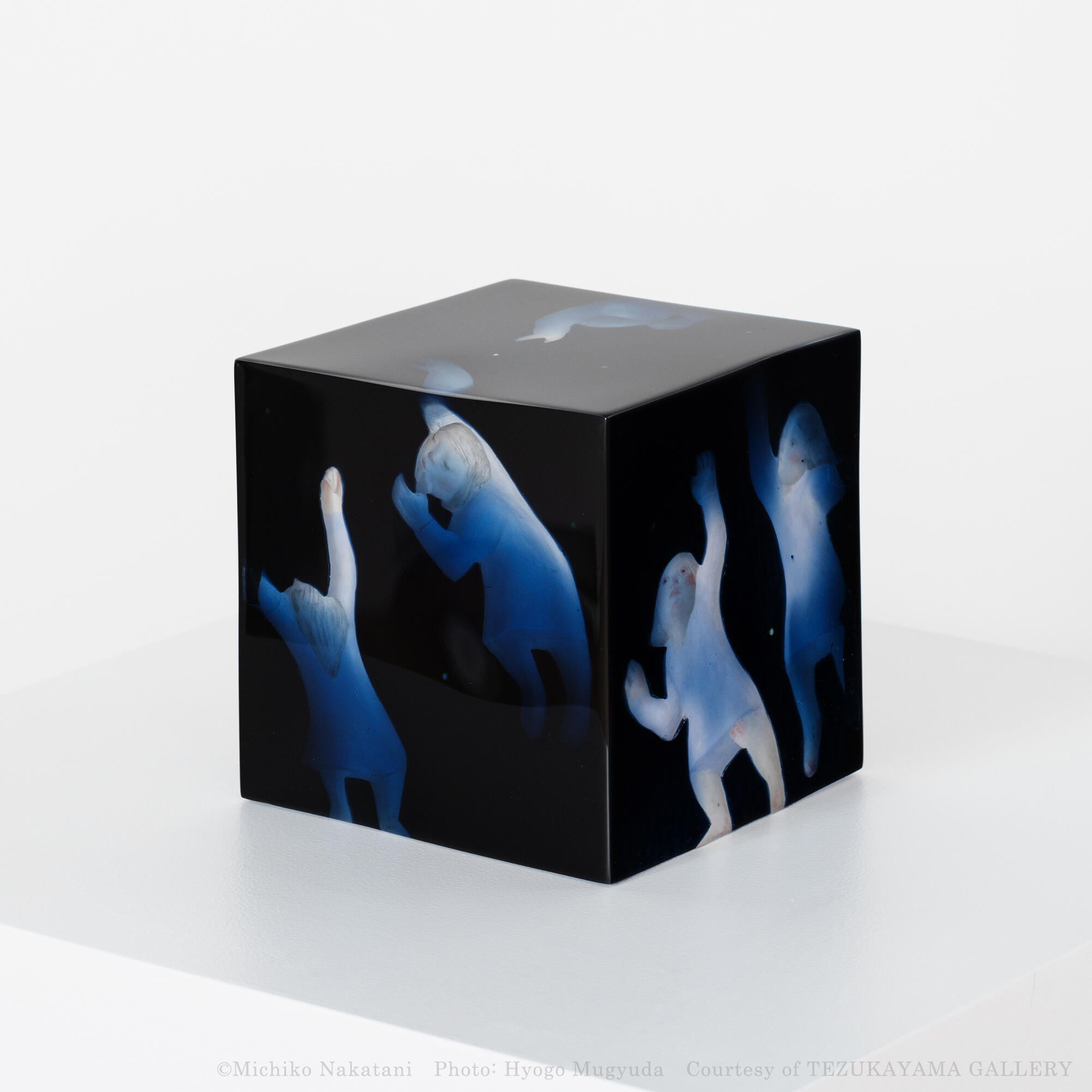

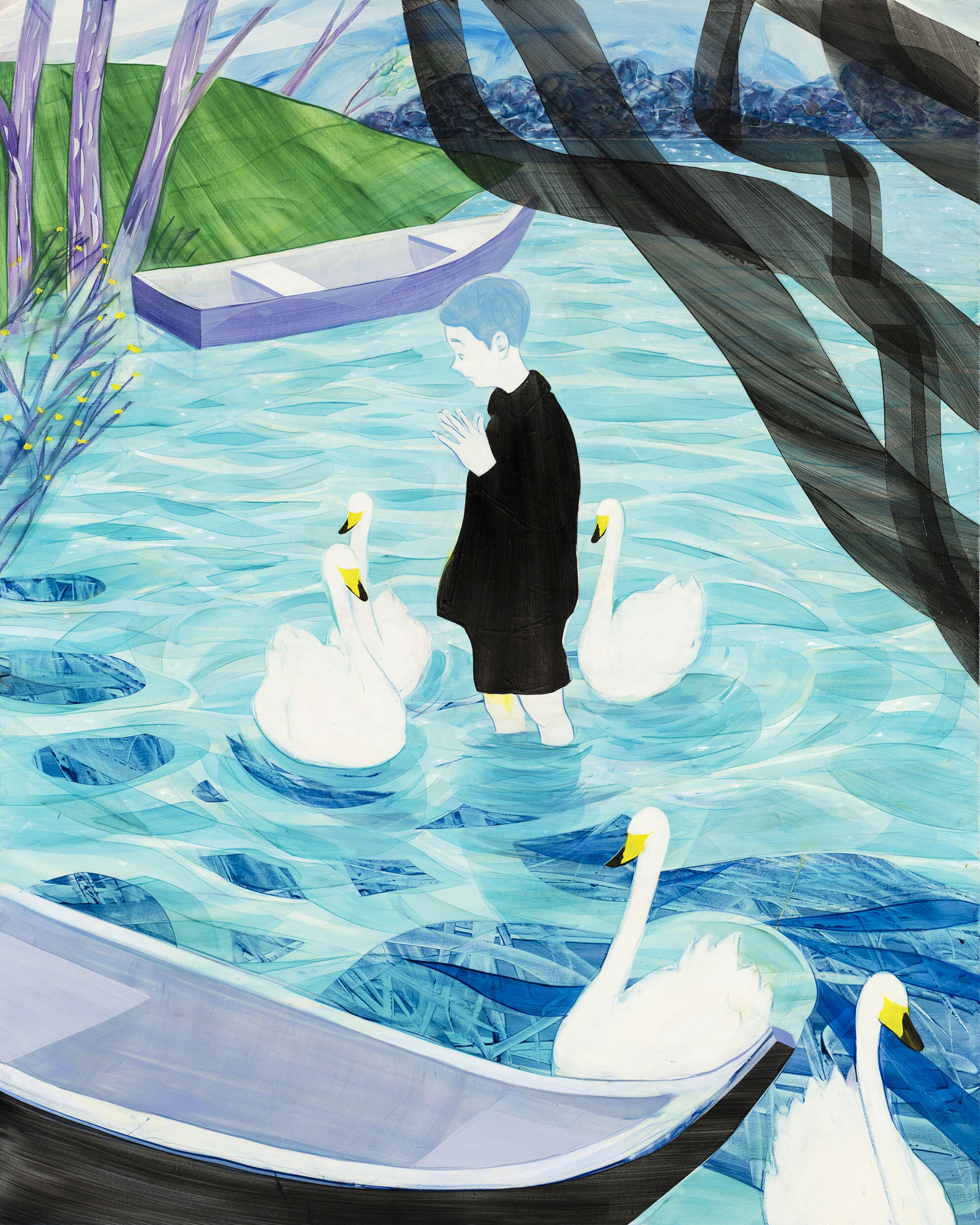

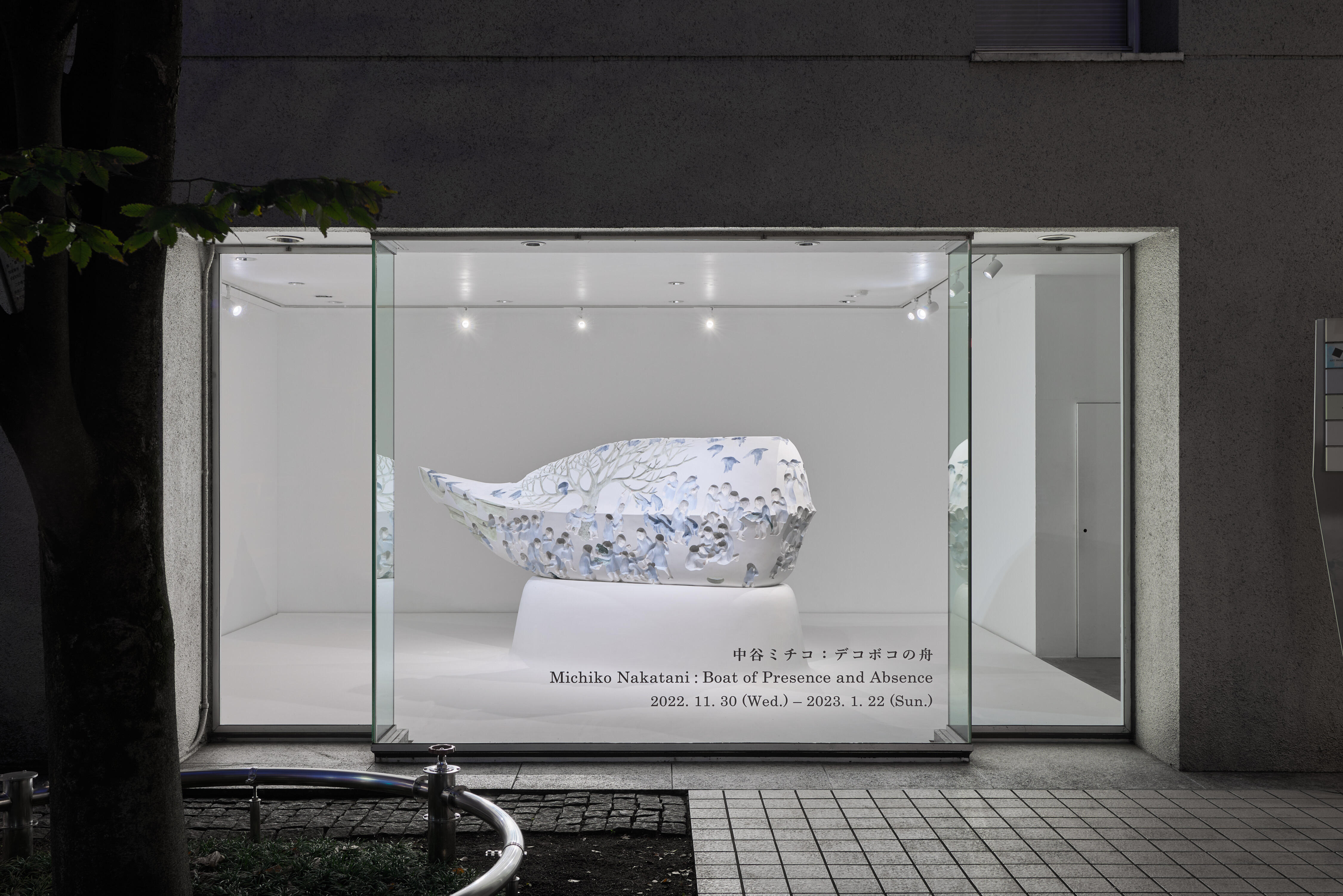




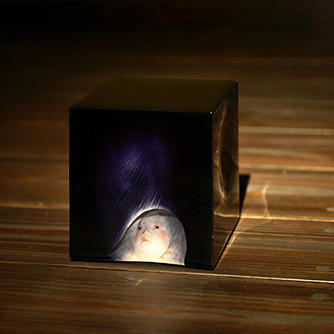




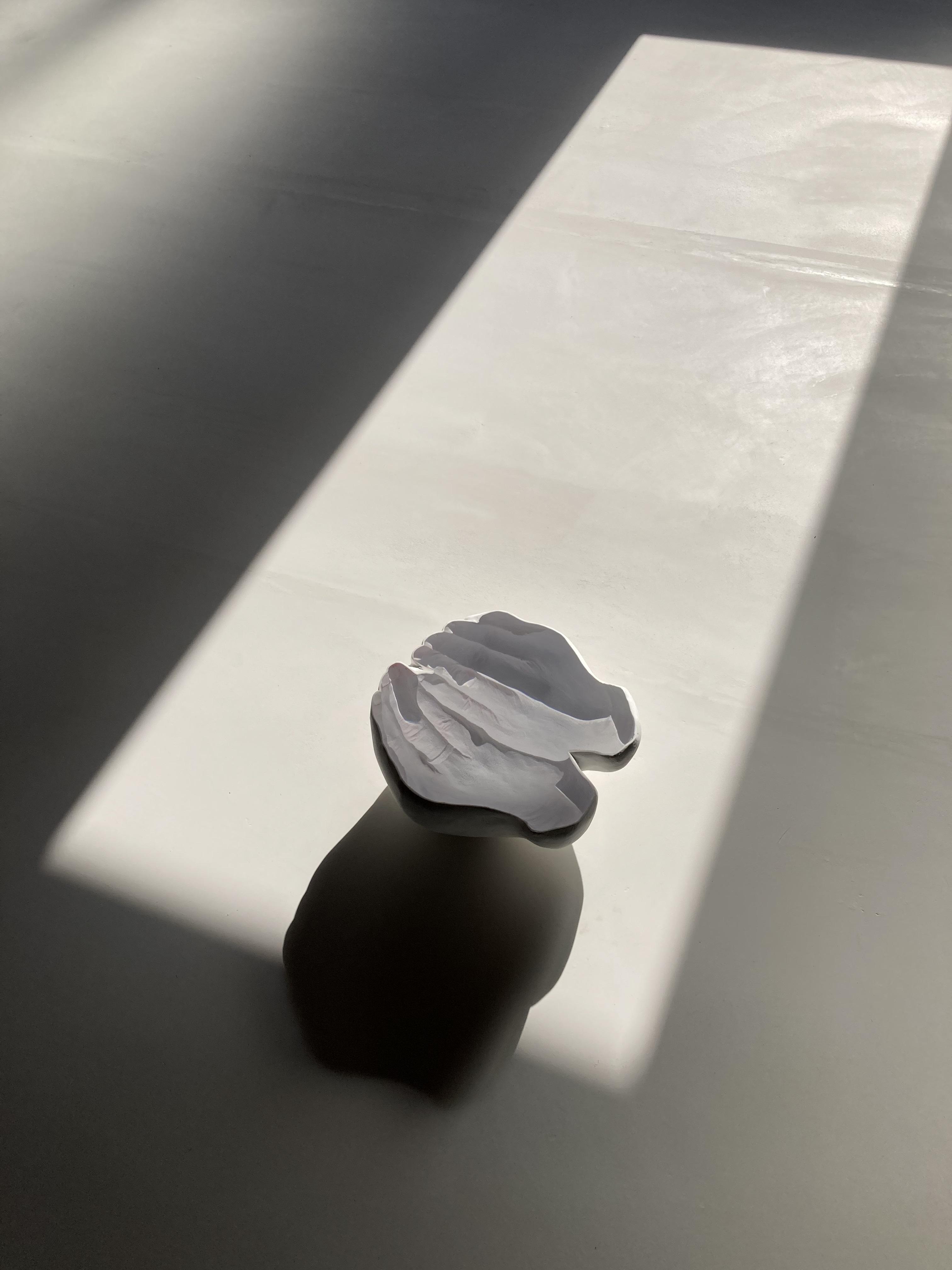
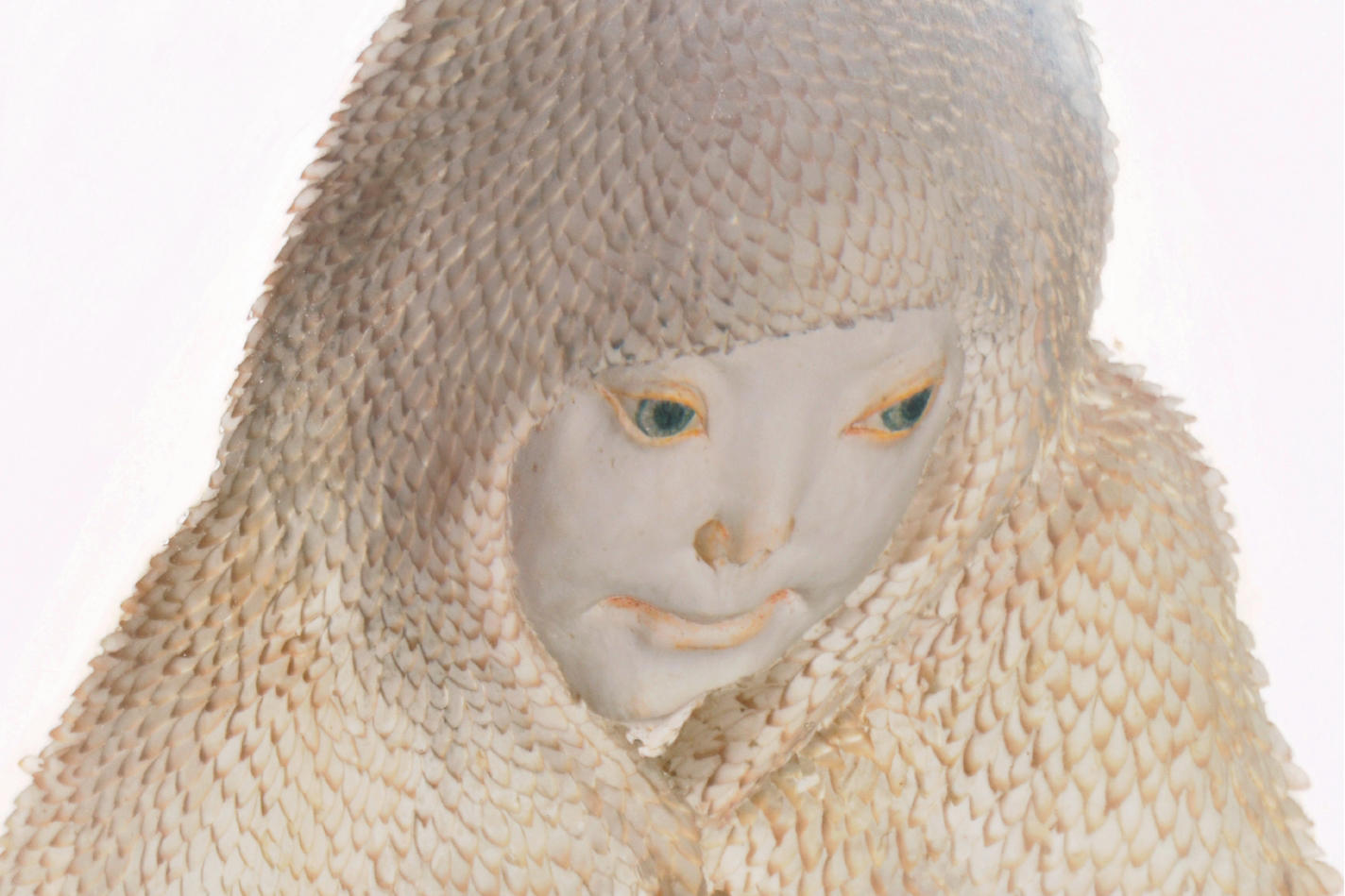
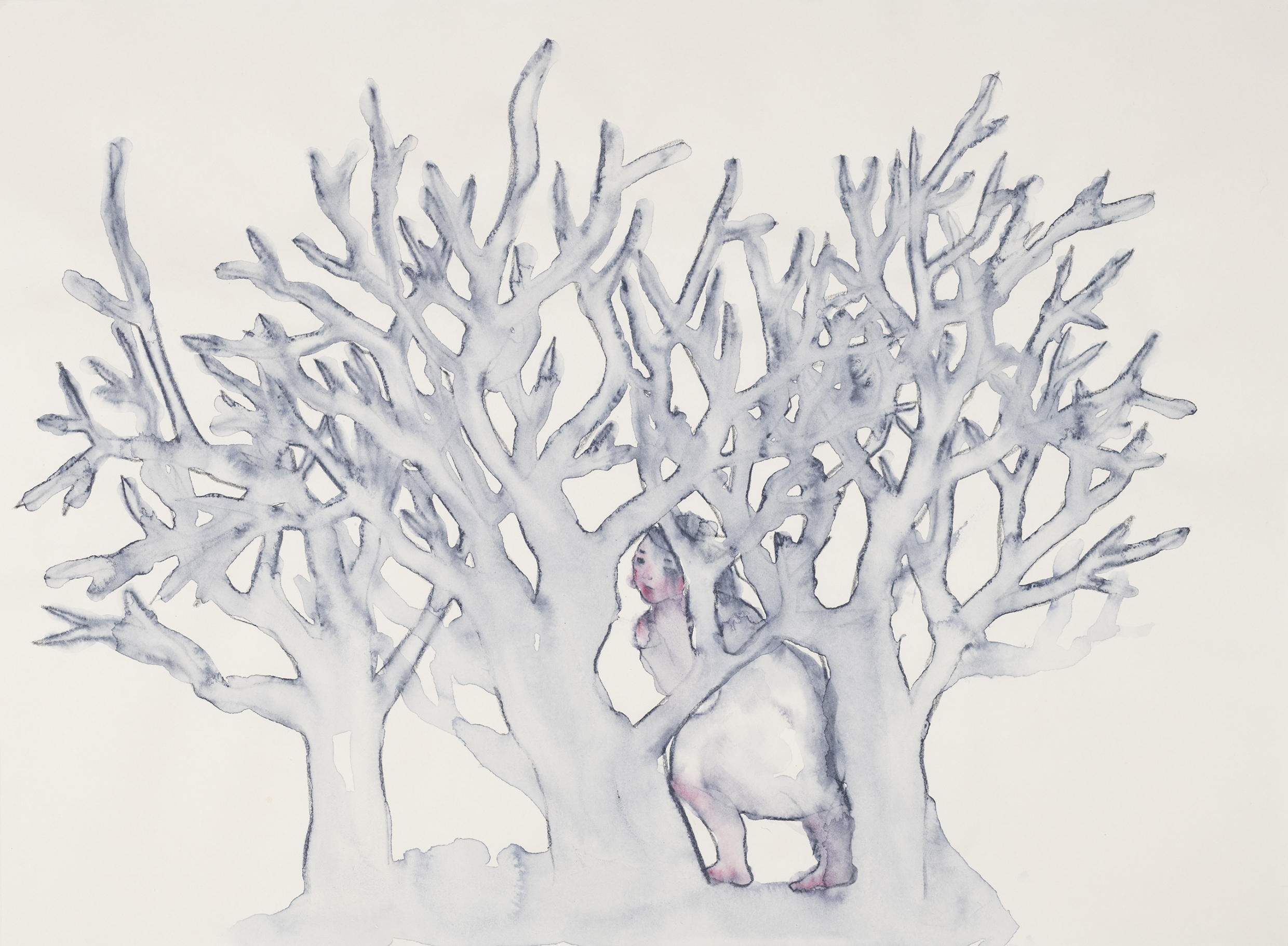
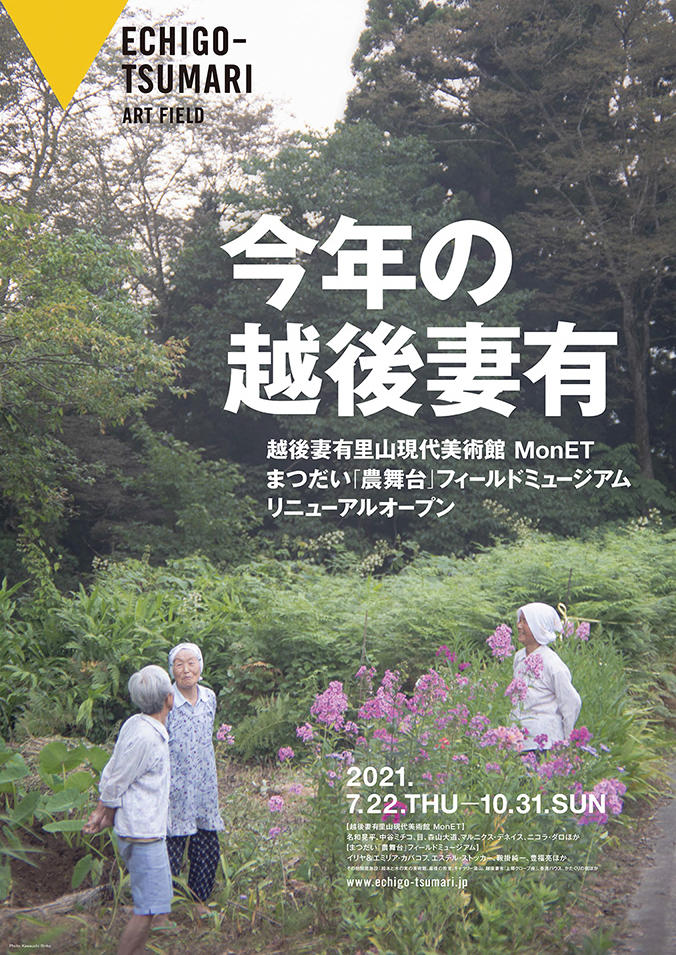
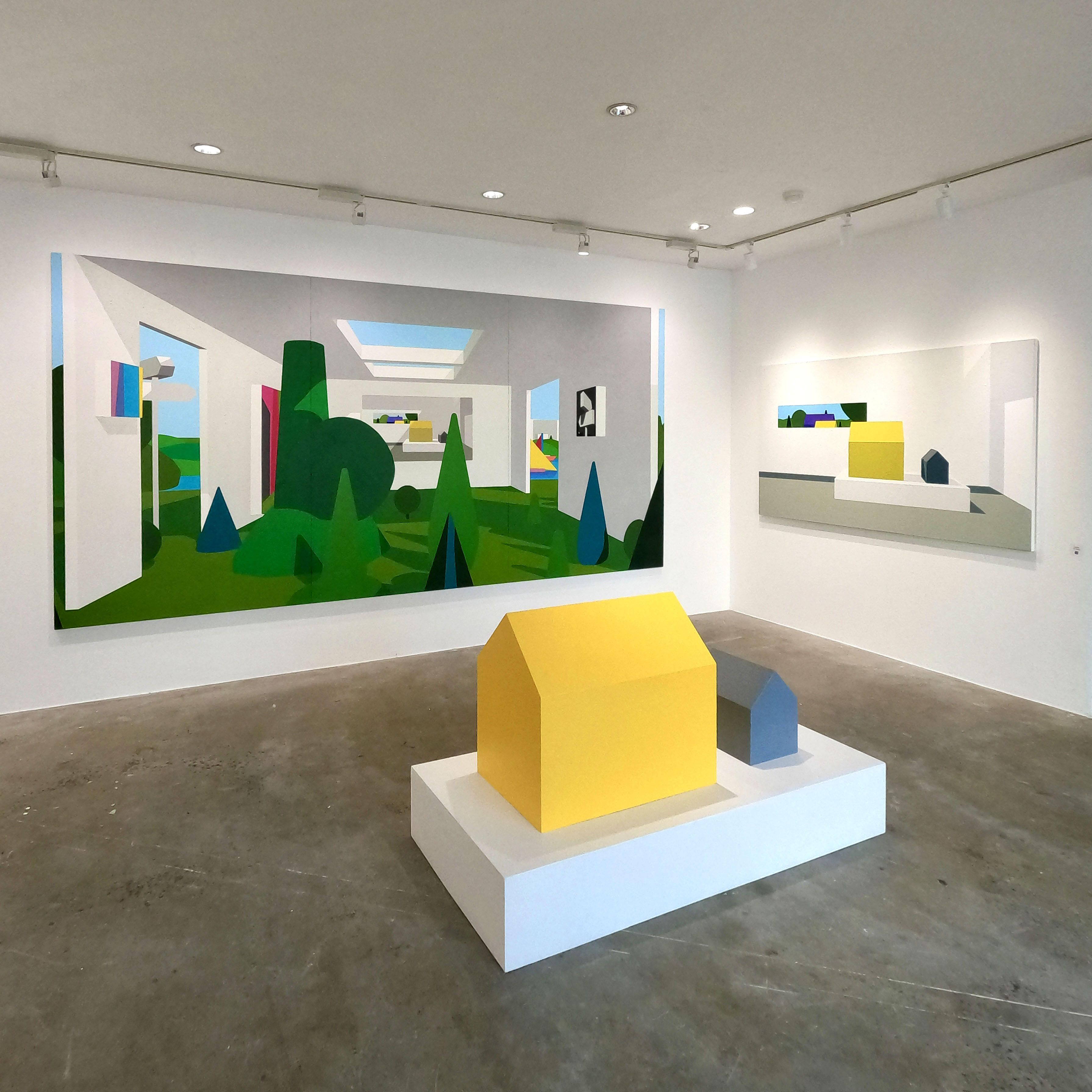



![[Artists Talk ] Michiko Nakatani x Chiharu Shiota @ 3331 Arts Chiyoda](https://artfrontgallery.com/whatsnew/assets_c/2021/01/c9bf623470ee65280361b646d29b6fc4aa1b768c-thumb-821x615-8367.jpg)
![[Review] Michiko Nakatani: What a Tree Dreams(Hitoshi Nakano, Curator)](https://artfrontgallery.com/whatsnew/assets_c/2020/10/e9b4928f05bafc70efcd6b662c58db5d7940bcbe-thumb-1772x1772-8128.jpg)

![[Oct. 9] Art Front Selection 2020 autumn : Temporarily closed](https://artfrontgallery.com/whatsnew/assets_c/2020/10/3ebd832ad43ca0ffa8a63682bb49b2fe5258a439-thumb-2444x2444-8076.jpg)
